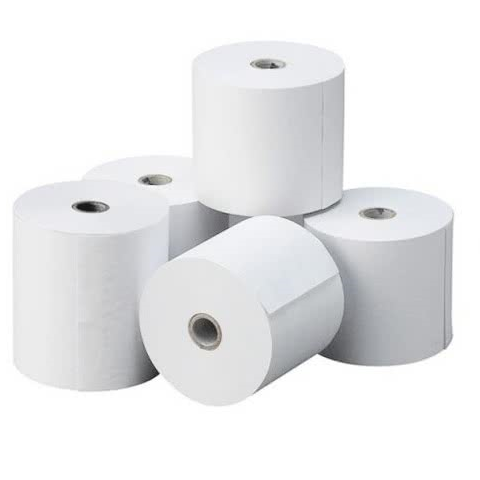Stabilizers made of thermal paper
The stabilizers are an important component of. They help maintain the color of printed images and resist recrystallization. Stabilizers can be described as organic molecules that stabilize the printing process. Stabilizers work by inhibiting the recrystallization dyes, which makes printing more efficient. Stabilizers also prevent dyes fading.
Thermal paper contains a color developer and leuco dye, which react to form the text images. BPA is safer than BPS and thermal paper manufacturers often switch between BPA (Bicarbonate of Polymer) in the color developer. BPA can also be harmful if it is leaked into other recycling methods.
Generally, thermal paper is thicker and of better quality. However, thicker rolls will only print for a few meters before you have to replace the roll. Thermal paper rolls of thicknesses between 57mm and 40mm can last 10-18 meters. Thermal paper has a thermal coating and a base coat. It does not contain a topping coat like other papers. Topcoats offer additional protection. Topcoats are acceptable for printing purposes even though some materials do not require them.

Leuco dyes
The thermal roll Jeddah industry has been hit hard by a shortage of leuco-dyes. The shutdown at a China plant, which produces three-quarters world’s supply of leuco dye, caused delays in orders, higher costs, and bankruptcy of companies that rely on the product. The global thermal paper industry has been under pressure, which has had a direct impact upon Canadian consumers.
Leuco dyes, which are often triaryl methanephthalides, can be used for different colours. These dyes can be mixed with developers to give colour. Developers are often phenols. Senitizers and stabilisers are also used to create color. These chemicals help to mix the developer and leuco dye, and optimize colourization temperatures.
Protective layer
The protective layer protects thermal paper from different substances such as ultraviolet rays. The protective layer also prevents paper from curling. It also helps to resist heat from printers. Not all thermal papers have protective layers.
The base, the protection layer and the coating are typically three layers of thermal papers. The protective layer protects paper from UV rays, water and fats. The protective layer prevents thermal paper from damaging the print head. Thermal paper is used in thermal printers and cash registers.
Thermal paper comes in 50-roll cartons. These thermal paper rolls can be purchased in convenient shrink-wrapped packaging, which protects them against dirt and moisture. They are easy-to-use and can be used with any standard printer.
Durability
It is crucial to evaluate the durability of thermal paper rolls before you buy them. The thermal paper’s thickness will determine its durability and life expectancy. The thicker the paper, the longer it will last. Thicker rolls will print fewer documents than thinner ones. It is recommended to choose thermal paper with a thickness between 80 and 90 microns.
To increase the material’s durability, thermal paper can have different types of coatings. There are many different types of topcoats. Which one you choose depends on your operational environment and the intended use. To determine their durability, topcoats are also tested against extreme heat and UV light. Before purchasing thermal paper, you should read the guidelines written on the packaging to ensure its quality and durability.